|
|
|||
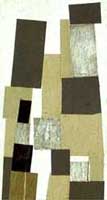 |
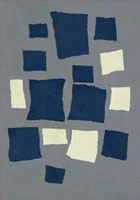 |
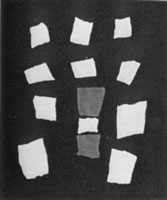 |
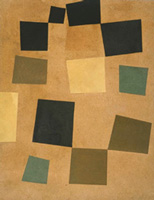 |
|
Collages arrangées selon les lois du hasard, 1916/1917
|
|||
|
|
||
|
|
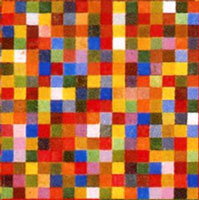 |
|
|
|
||
|
|
||
|
||
|
|
||
|
|
|
|
|
||
|
||
|
|
|
|
|
K.O. Götz: "Elektronische Malerei und ihre Programmierung." Das Kunstwerk, Juni 1961. K.O. Götz: "Das manipulierte Bild." Magnum, April 1963. K.O. Götz: "Was ist am Bild meßbar? Möglichkeiten und Grenzen der Informationstheorie." Syn, 1965. K.O. Götz: Erinnerungen und Werk, Vol. II. Düsseldorf: Concept-Verlag, 1983. Heinz Ohff: Kunst ist Utopie. Gütersloh:
Bertelsmann, 1972, pp. 132-134, 217. |
||
|
|
||
|
||||
|
||
|
|
|
|
|
|
||
|
||
|
|
|
|
|
|
|
|
|
|
||
|
|
Compiled by Remko Scha, 2003-2006